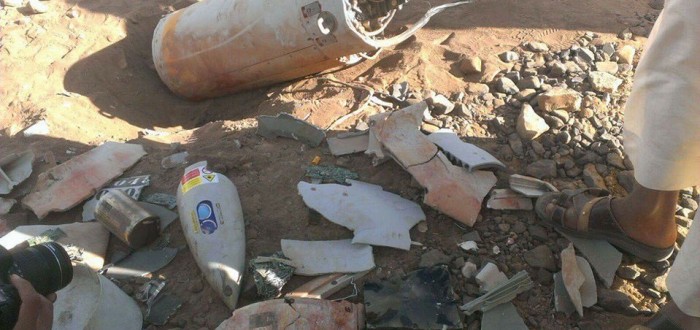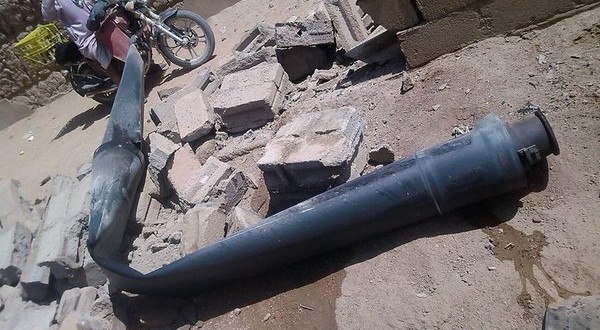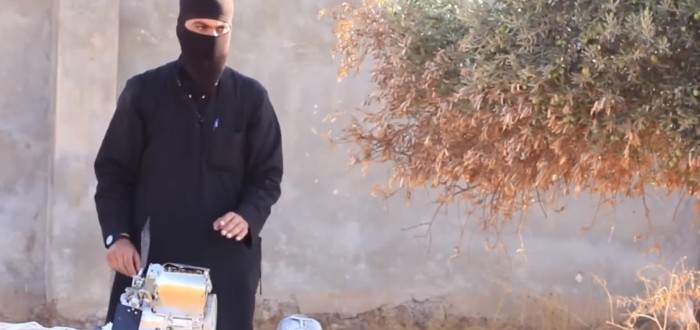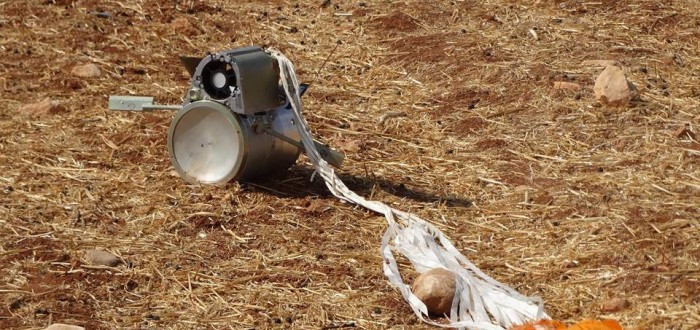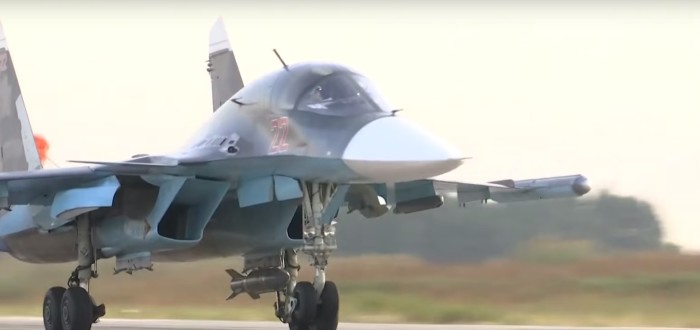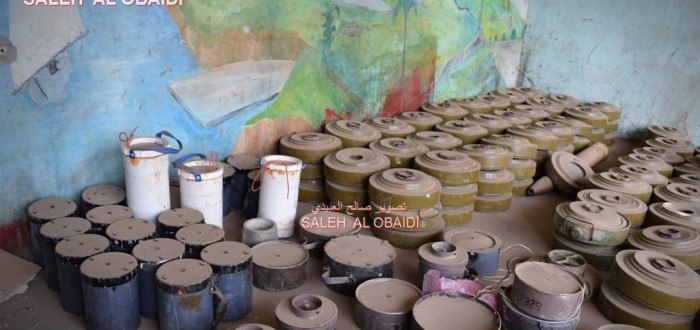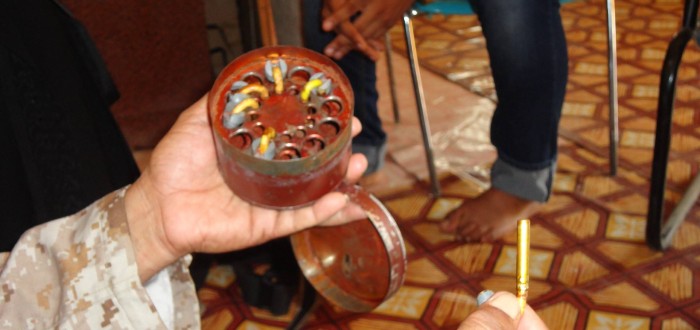Recent reports from advocacy organisations have drawn public attention to the presence of UK-manufactured munitions employed by UAE forces during an airstrike in Matnah, south-west of Sana’a City, Yemen, on 23 September 2015. ARES has received permission to post a lightly redacted copy of a Conflict Damage Assessment (CDA) examining this incident, originally produced on behalf of a confidential client. The CDA,

